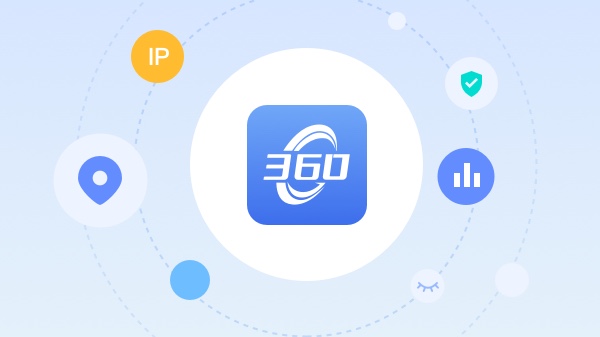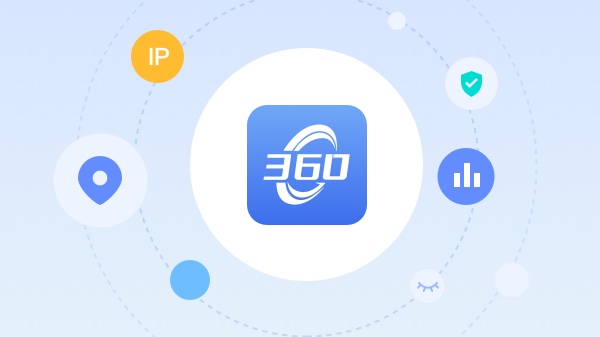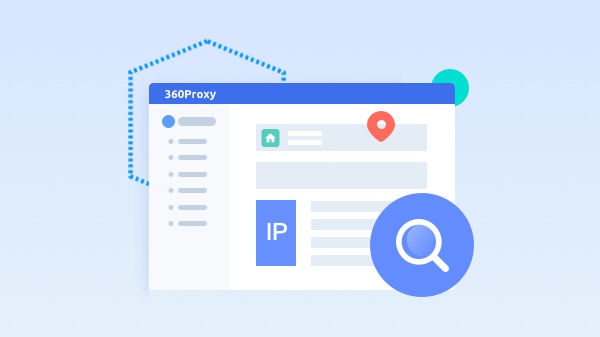

Blog / 360 Proxy Product Introduction
What does Socks5 proxy service mean? What is it for?
An introduction to Socks5 and how socks5 differs from HTTP.
14th-April 2023

Socks5 introduction
If your computer has a legitimate Internet IP address, or if you use your computer's modem to dial up the Internet and can freely communicate with any host on the Internet, you generally don't need to care about the Socks5 protocol.
The Socks5 protocol is useful for machines in the internal network that need to access the outside world through some machines in the network that can connect to the outside Internet. Socks5 is a proxy protocol. It acts as an intermediary between the front-end machine and the server machine that uses TCP/IP protocol to communicate, so that the front-end machine in the Intranet can access the server in the Internet network, or make the communication more secure. The Socks5 server simulates the behavior of a front end by forwarding requests from the front end to the actual target server. Here, the front end and Socks5 also communicate over TCP/IP. The front end sends the request intended for the real server to the Socks5 server, which then forwards the request to the real server. The Socks5 server makes no changes to the request itself as it passes the communication request to the real server. The Socks5 server receives the response from the real server and forwards it to the front end. Therefore, Socks5 protocol is a proxy protocol, can adapt to a variety of TCP/ IP-based application layer protocols, is almost universal. Although it can not understand the internal structure of the data it forwards, it can faithfully forward the communication packet and complete the function of the protocol.
Different from Socks5 protocol, HTTP proxy is carried out through HTTP protocol. The HTTP proxy server software understands the internal structure of the communication packet and carries out some program modification and transformation of the communication in the process of forwarding. Unlike the HTTP proxy protocol, Socks5 is actually a transport layer proxy protocol.
We can imagine that if each specific application layer protocol had to be designed to represent the corresponding proxy protocol, a particular proxy server would not be able to support so many emerging protocols anyway. Therefore, it can be said that the emergence of Socks5 alleviates the difficult situation that a variety of specific agreements need to be specially designed agency agreements. However, not all the software using the application protocol based on TCP/IP protocol can unconditionally communicate through the Socks5 server, but also requires that the front-end software itself has a Socks5 interface, in order to use the Socks5 proxy server. A front-end that supports the Socks5 protocol typically has two running states:
1. Direct communication status. The Socks5 interface is not used. This communication is directed to the final server.
2. Socks5 status. The Socks5 interface is used to send the request that would otherwise go to the final server to the Socks5 server. During the initial session between the front-end and the Socks5 server, the front-end tells the Socks5 server about the IP address and port information of the final server, so the Socks5 server can faithfully start the communication process with the final server according to the requirements of the front-end.
360Proxy is a cost-effective comprehensive proxy service provider on the market. It supports socks5/HTTP protocol and can meet the needs of most users. Meanwhile 360Proxy covers more than 190 countries with unlimited bandwidth and 100% real residential IP. Launched an $8 /200IP campaign for new users, it is the best choice for users who need a residential proxy!
 No withdrawal and no deduction
No withdrawal and no deduction
 Leading core technology
Leading core technology
 Unique advantages of data collection
Unique advantages of data collection
 Unlimited Traffic Unlimited Bandwidth
Unlimited Traffic Unlimited Bandwidth
 7*24 support
7*24 support
360proxy supports socks5 and HTTP. What is the difference between the two protocols? The following article will give you a brief introduction.
4th-May 2023
Proxy IP address selection in the post-911S5 era
21th-April 2023

What is the difference between HTTP and socks5 proxies?
360proxy supports socks5 and HTTP. What is the difference between the two protocols? The following article will give you a brief introduction.
4th-May 2023

How to use dynamic proxy IP to do SEO?
Dynamic proxy IP everyone is familiar with, today we will talk about how to use dynamic proxy IP to do SEO optimization. In fact, in addition to SEO many network marketing also need to use the proxy IP, because many network marketing users know, voting, registering accounts, posts and other work, all need to use the proxy IP this tool, in order to operate without restrictions.
24th-April 2023

What is SOCKS5 proxy? How does it work?
The SOCKS5 proxy looks complicated, but it is only one of the proxy IP protocols, and it is also the most important and popular protocol. Only the proxy IP of the SOCKS5 protocol can implement true anonymous proxy, without which all high anonymous proxy IP will be invalid.
24th-April 2023

360Proxy is a value alternative to 922S5 Prxoy
360Proxy is a value alternative to 922S5 Prxoy.
23th-April 2023